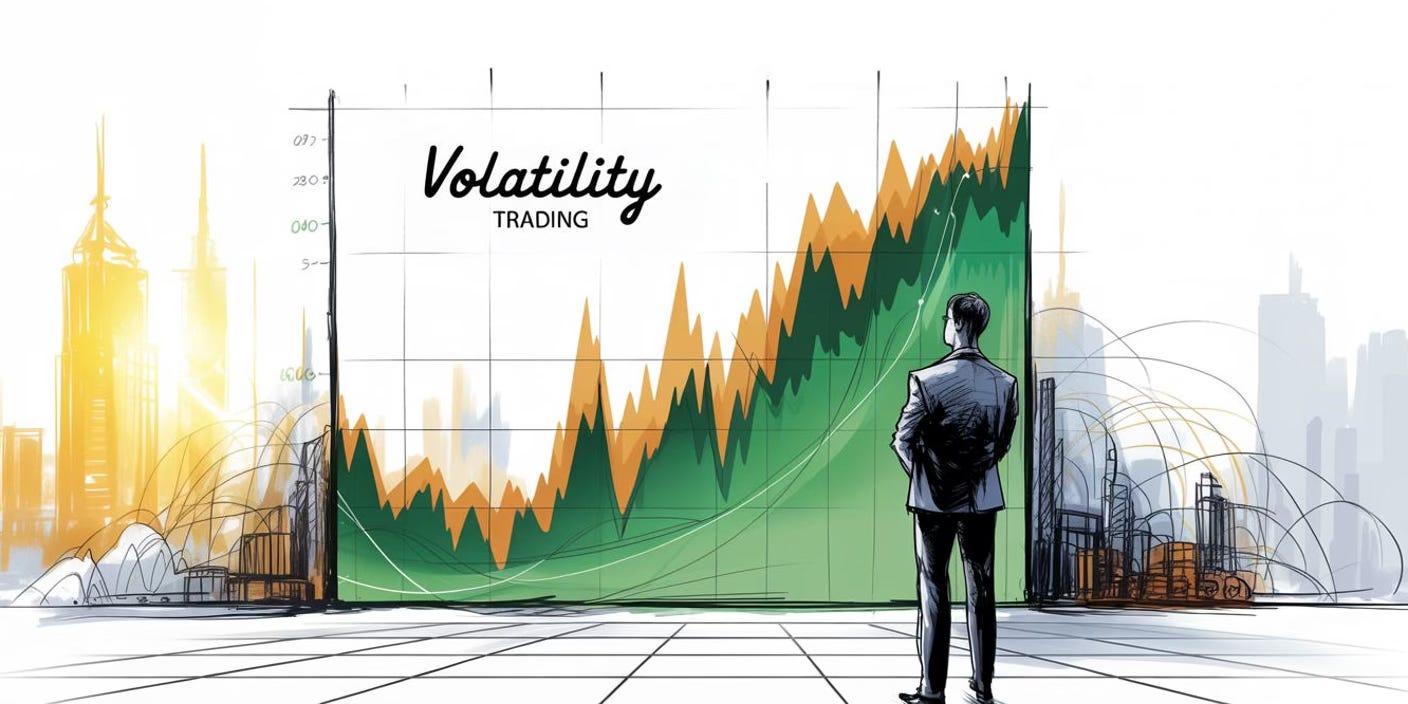The Lucrative World of Professional Volatility Firms
Professional volatility trading is one of the most profitable areas in finance
Volatility trading is one of those corners of the market where the pros absolutely dominate. While regular traders get crushed trying to time volatility spikes, professional volatility traders are quietly making serious money year after year.
The Pros Have Better Tools
Let’s start with the obvious: professional firms have way better tools than you do. They can see exactly how volatility is priced across every option, every timeframe, and every market and scan for misprices.
These tools give the pros a mathematical edge that compounds over time. During market stress, this edge gets even bigger when normal relationships break down and correlations go crazy, professional volatility strategies often see their returns accelerate, while retail traders face amplified losses.
Understanding why the pros succeed helps explain why regular traders have such a hard time with volatility. The complexity of volatility dynamics creates an environment where success requires institutional-level resources.
How They Actually Make Money
Professional volatility firms don’t just bet on whether the market will go up or down. That’s amateur hour stuff. Instead, they focus on several different ways to extract profits from volatility itself.
Trading Relationships Between Different Volatility Products. They might notice that short-term volatility is priced too high compared to long-term volatility, or that the VIX futures are out of whack with each other. These trades often make steady money because these relationships tend to snap back to normal over time.
Options Surface Arbitrage is where things get really sophisticated. Imagine if different gas stations in the same neighborhood had wildly different prices, and you could somehow buy gas cheap at one station and instantly sell it for more at another. That’s basically what these traders do with options, except they have to use complex math to find the mispriced options.
Event Trading is about positioning before big announcements like earnings or Fed meetings. The pros are really good at figuring out whether the market is pricing in too much or too little volatility for these events. They’re not trying to guess which way the market will move—they’re betting on whether it will move more or less than everyone expects.
At CI Volatility
Professional volatility strategies such as those employed by CI Volatility represent one of the most profitable opportunities in finance for family offices and sophisticated investors.
As volatility markets continue to evolve, the advantages that professional firms possess are likely to persist and possibly grow even larger.
CI Volatility brings that process to allocators seeking to safeguard wealth, diversify beyond traditional exposures, and access volatility as a strategic, intelligently deployed asset class.



